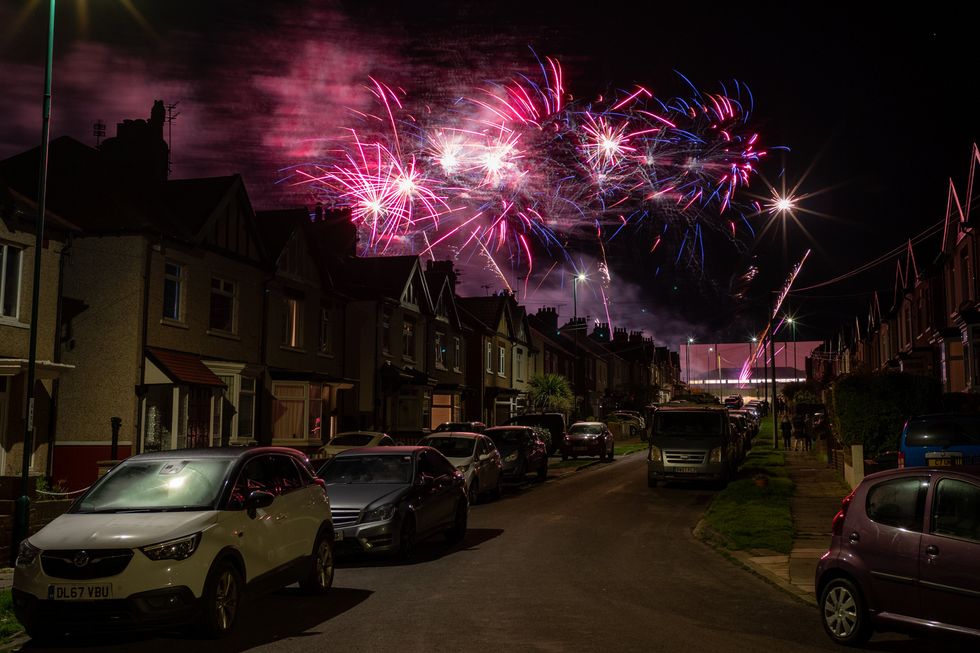Britons urged to look up on Bonfire Night for 'biggest and brightest' supermoon of 2025

Those in Guy Fawkes's birthplace of York could see the 'Beaver Moon' on November 5
Don't Miss
Most Read
Trending on GB News
Skygazers across Britain are in line for an extra spectacle this Bonfire Night when the year's brightest supermoon appears overhead.
The "Beaver Moon" reaches its fullest phase at approximately 3.55pm GMT on Wednesday November 5, offering stargazers a bonus lunar display before the fireworks.
Wednesday's full moon is set to surpass all others in 2025 for both its size and luminosity.
This is because the Moon follows an elliptical, or oval-shaped, path around Earth rather than a circular one.
Its orbit around our planet brings our natural satellite closer and further away on a monthly cycle.
At its nearest approach, called perigee, it sits roughly 220,000 miles from Earth.
At its most distant point, known as apogee, it retreats to approximately 250,000 miles away.
A supermoon, however, occurs when the Moon becomes full during its closest approach to Earth - specifically within 90 per cent of perigee.

PICTURED: A 'Beaver Moon' in 2024. A supermoon occurs when the Moon becomes full during its closest approach to Earth
|PA
Astronomer Richard Nolle introduced this terminology in 1979 to describe these notably larger and more brilliant full moons.
As a result, the Moon can appear up to 14 per cent larger and shine 30 per cent more brightly than a typical full moon.
November's supermoon carries the traditional name "Beaver Moon" - though this is an American import.
In the 18th and 19th century, various writers invented what they believed to have been the Native Americans' different names for the moon depending on the month.
SPACE PHENOMENA - READ MORE:

Stargazers will be offered a bonus lunar display before the fireworks this week
|GETTY
The name of November, "Beaver Moon", is supposedly based on an Algonquian language, spoken in central and northeast North America.
The nickname is said to reflect the heightened activity of beavers during this season as they build dams and gather provisions for winter months.
Britain's native beaver population disappeared during the 1500s, primarily from hunting for their valuable pelts.
Going into the week, meteorologists anticipate variable conditions, with a string of different weather systems crossing Britain from west to east.

Eastern areas, including Guy Fawkes's birthplace of York, stand better chances of experiencing clear skies on November 5
|GETTY
These patterns will deliver periods of rain and wind alternating with calmer, drier intervals.
The exact viewing conditions for Wednesday are still up in the air - but current projections suggest clouds and rain could overshadow Bonfire Night in the west of the country.
Eastern areas, including Guy Fawkes's birthplace of York, stand better chances of experiencing clear skies and dry conditions for optimal moon observation.
But amateur astronomers need not despair if clouds obscure Wednesday's spectacle, with December 4 bringing 2025's third and final supermoon.
More From GB News











